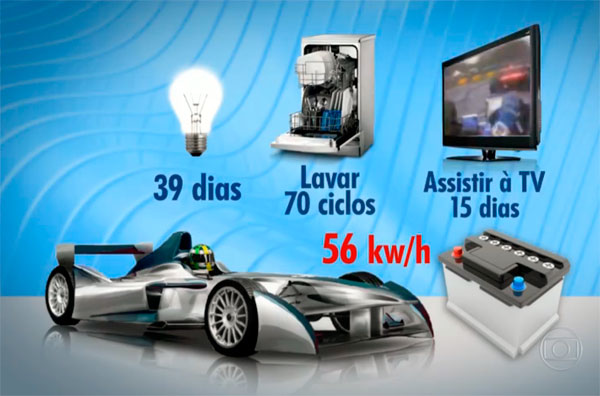Busca
-
Mais Recentes
-

Assis Chateaubriand conhecida por sua história no estado do Paraná e como cidade Morada Amiga
-

Francisco Beltrão – Cidade de tradições, seus pontos turísticos oferecem boas estruturas e feiras que atraem muitos turistas
-

As Sete Maravilhas Naturais do Mundo, Foz do Iguaçu é o segundo destino mais visitado por turistas estrangeiros, e o show que é as Cataratas do Iguaçu
-


